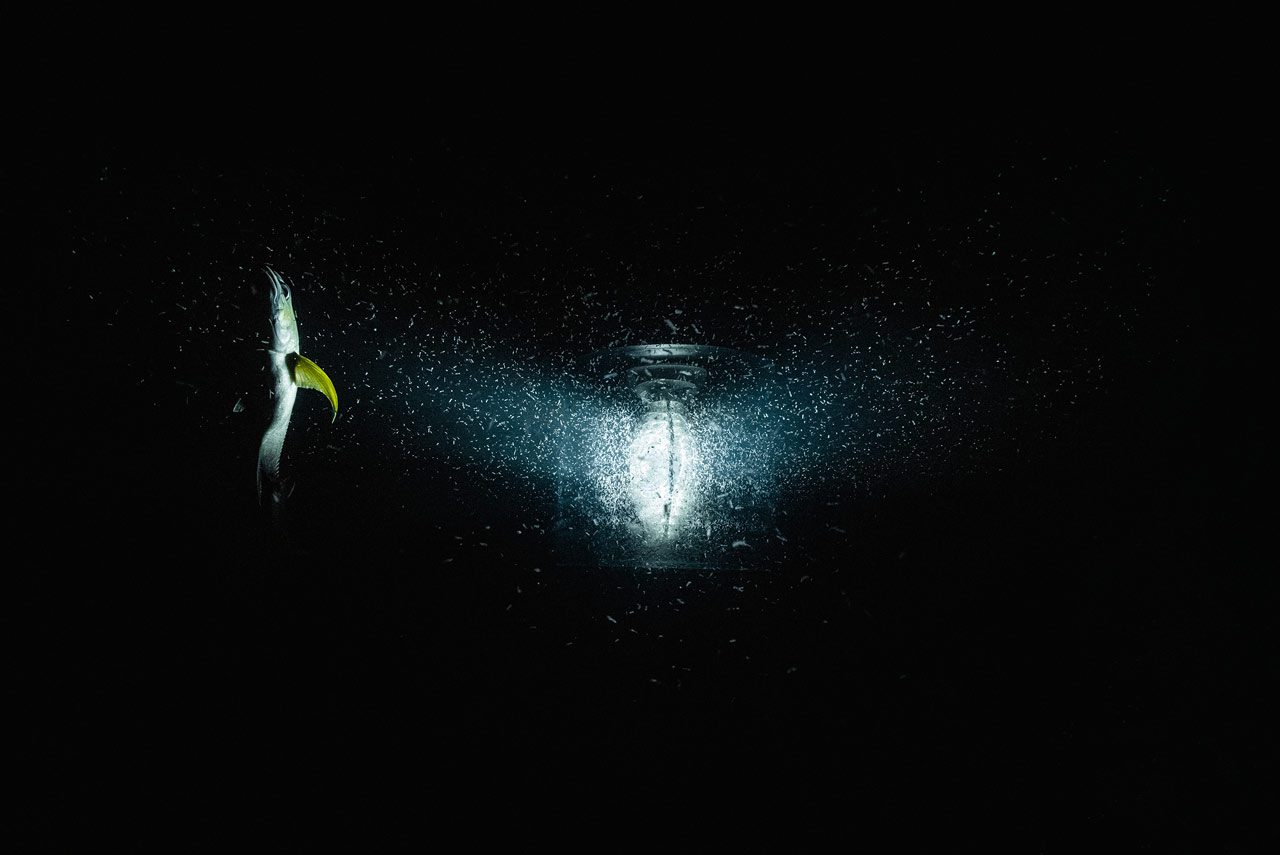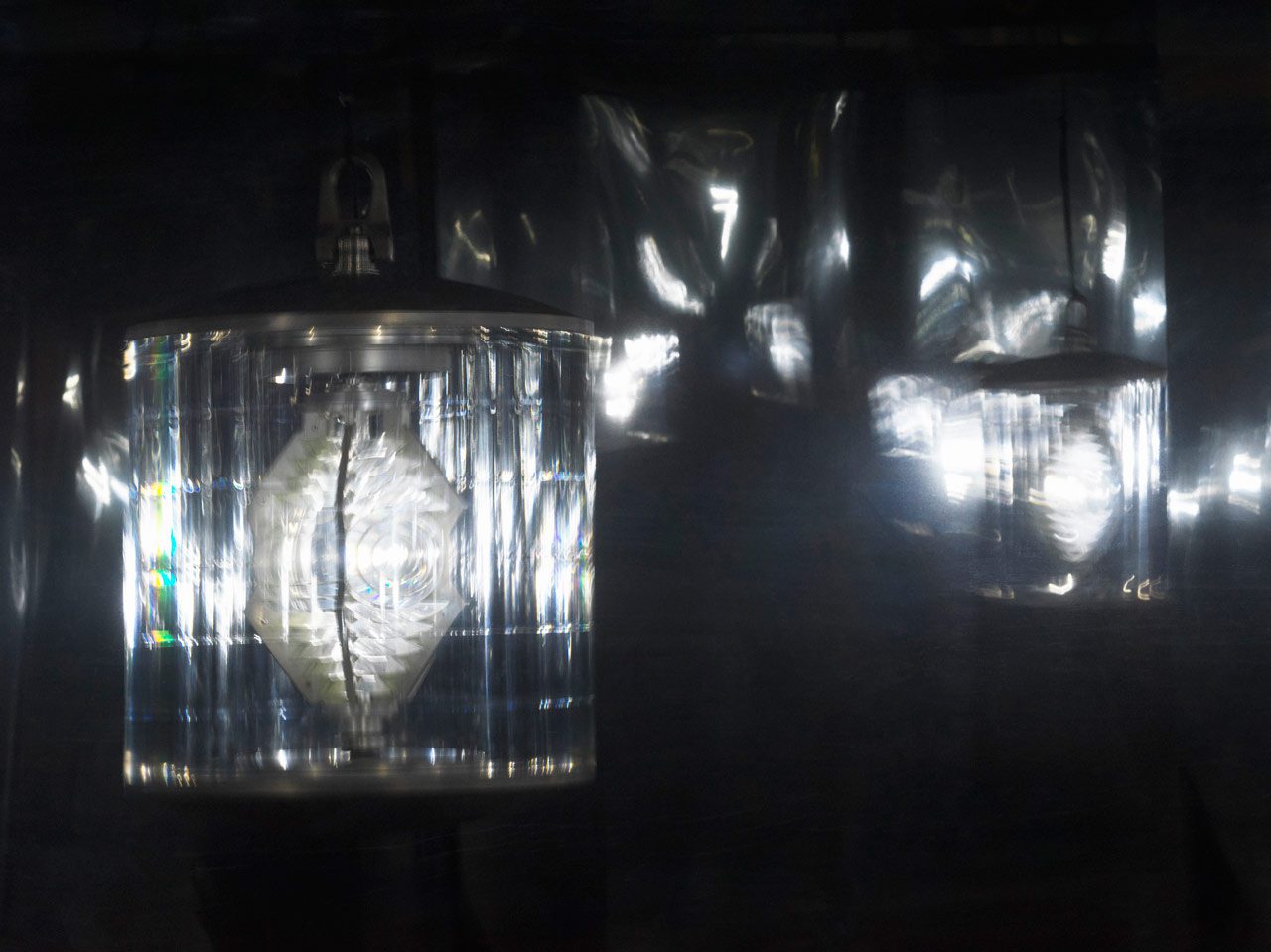ART CITIES: Basel-Julian Charrière
Julian Charrière explores ideas of nature and its transformation over deep geological as well as human historical time. Addressing pressing matters of ecological concern, his work frequently stems from fieldwork in remote locations with acute geophysical identities, such as volcanoes, ice fields, oil palm plantations, and undersea and radioactive sites. An ongoing reflection upon the mythos and politics of exploration in a globalized age is central to his practice.
By Dimitris Lempesis
Photo: Museum Tinguely Archive
Working at the intersection of media, disciplines, and conceptual frameworks, Julian Charrière collaborates with composers, scientists, engineers, art historians, and philosophers to develop a multidisciplinary practice that questions how we perceive and relate to the natural world. His work often invites critical reflection on the cultural and historical frameworks through which we represent and engage with nature—challenging inherited paradigms and confronting contemporary ecological anxieties. In his solo exhibition “Midnight Zone”, Charrière turns his attention to the element of water—not merely as a theme, but as a medium, an atmosphere, and a metaphor. Spanning three floors of Museum Tinguely, this major solo exhibition assembles photographs, sculptures, immersive installations, and two new film works that explore our evolving relationship to Earth’s aquatic systems. From the currents of the nearby Rhine to the unseen depths of distant oceans, the show charts water’s presence across ecological, geological, and emotional terrains. It offers a meditation on liquidity—not just as a physical state, but as a condition of being. Water here is cast not as backdrop but as protagonist: a living, dynamic substance that flows through bodies, histories, and infrastructures. The exhibition draws its name from the “midnight zone”—the bathypelagic region of the ocean where sunlight vanishes and orientation dissolves. It is a space of darkness, depth, and disorientation—a realm both literal and symbolic, where light fractures rather than reveals, and meaning flickers like bioluminescence in the abyss. At the core of the exhibition are two ambitious film works that anchor the experience. In “Midnight Zone” (2025), a Fresnel lens—traditionally used to cast guiding light from lighthouses—is inverted and lowered into the ocean’s depths via a remotely operated vehicle. As the lens descends, light is refracted, destabilized. The camera captures polymetallic nodules resting on ancient seafloor ecologies—objects of geopolitical desire and extractive futures. This descent is not only physical but philosophical: a plunge into an underworld that resists the structures of enlightenment rationality. The work hovers between dream and disquiet, exposing the unseen costs of progress and the ruptures it leaves behind.
“Albedo” (2025), filmed beneath Arctic waters amid drifting icebergs, shifts the gaze once more. Here, water moves between solid, liquid, and vapor—a choreography of phase transitions unfolding in real time. Rather than dramatizing melting as catastrophe, the film resists spectacle, opting instead for a quiet, contemplative study in flux and impermanence. It reveals water as thought: unstable, boundless, and impossible to fix. The camera doesn’t impose perspective—it drifts, suspends, and releases, echoing the formlessness of the subject itself. Together, these works form the exhibition’s emotional and conceptual anchors, structuring a hydrological narrative that meanders through material states, spatial dynamics, and sensory experiences. Set in Basel—where the Rhine flows beneath the museum as both trade artery and climate-sensitive current—the exhibition is attuned to the political and infrastructural realities of water. Throughout the space, sound courses like an underwater current: immersive, subtle, and enveloping. Visitors are invited not just to see, but to listen, to feel, to attune themselves to a mode of sensing closer to suspension than stability—closer to the experience of being submerged. Charrière’s practice is rooted in immersive fieldwork and shaped by encounters with ecologically and symbolically charged sites: from glaciers and volcanoes to nuclear test zones and abyssal trenches. Across media—film, sculpture, photography, installation—he investigates the ways in which human presence inscribes itself upon the Earth’s surface, subtly reshaping its matter, climate, and memory. Fusing scientific inquiry with speculative poetics, his works treat landscapes not as scenery but as active agents—repositories of memory, sites of tension, and vessels of cultural imagination. Rather than didactically presenting environmental crises, Charrière creates atmospheric spaces where awe and unease coexist. These are not illustrations, but invitations—to dwell within contradiction, to feel the invisible forces that shape our planetary condition. “Midnight Zone” extends Charrière’s long-standing exploration of environmental thresholds. Here, water is not framed as passive witness to human drama, but as archive, mirror, solvent, and signal. It holds the memory of ancient glaciers and hints at the minerals of future technologies. It binds breath to biosphere, sediment to story, and reminds us of the ocean’s foundational role—not as the opposite of land, but as its precondition. Ultimately, the exhibition does not aim to explain the ocean, but to immerse us in its complexity—to offer a sensuous, destabilizing experience of thinking with water. It invites us to enter a space of drift and dispersal, to relinquish control, and to encounter a world where depth becomes metaphor and medium alike. In doing so, Charrière makes a compelling case for a different kind of knowing: one that flows, dissolves, and listens.
Photo: Julian Charrière, Midnight Zone, 2025, © 2025 ProLitteris, Zurich, Copyright the artist,: Photo: Jens Ziehe
Info: Curator: Roland Wetzel, Assistant Curator: Tabea Panizzi, Museum Tinguely, Paul Sacher-Anlage, Basel, Switzerland, Duration: 11/6-2/11/2025, Days & Hours: Tue-Wed & Fri-Sun 11:00-18:00, Thu 11:00-21;00, www.tinguely.ch/
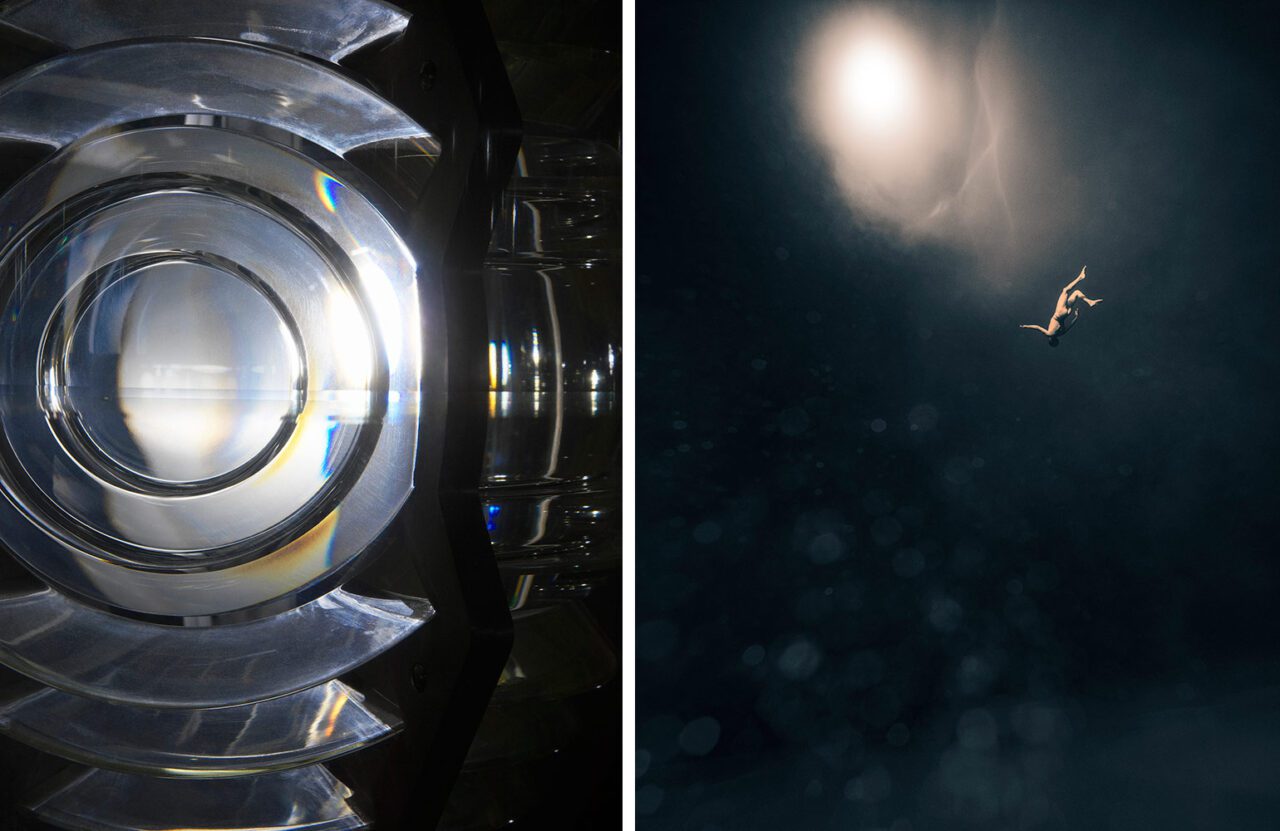
Right: Julian Charrière, Where Waters Meet, 2.31 Atmospheres, 2019, © 2025 ProLitteris, Zurich; Copyright the artist




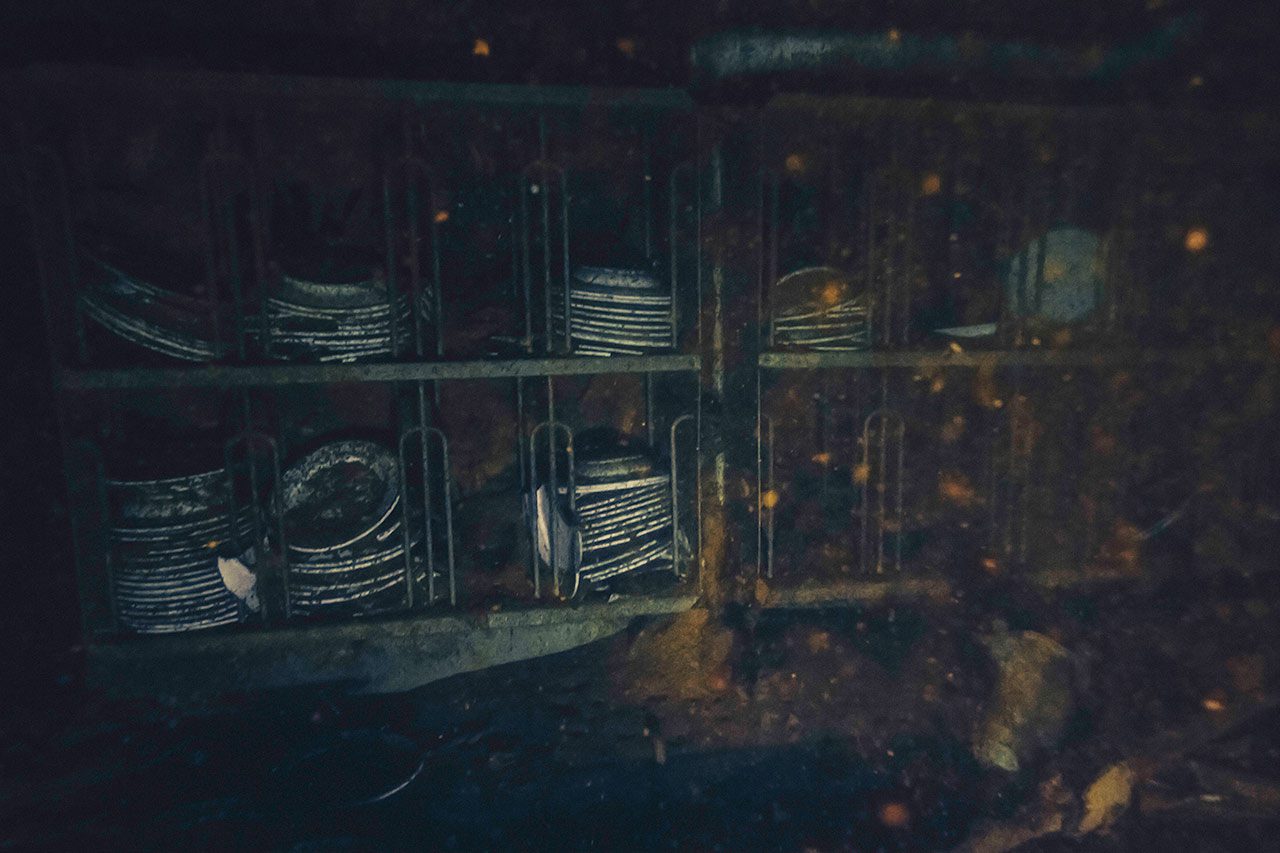
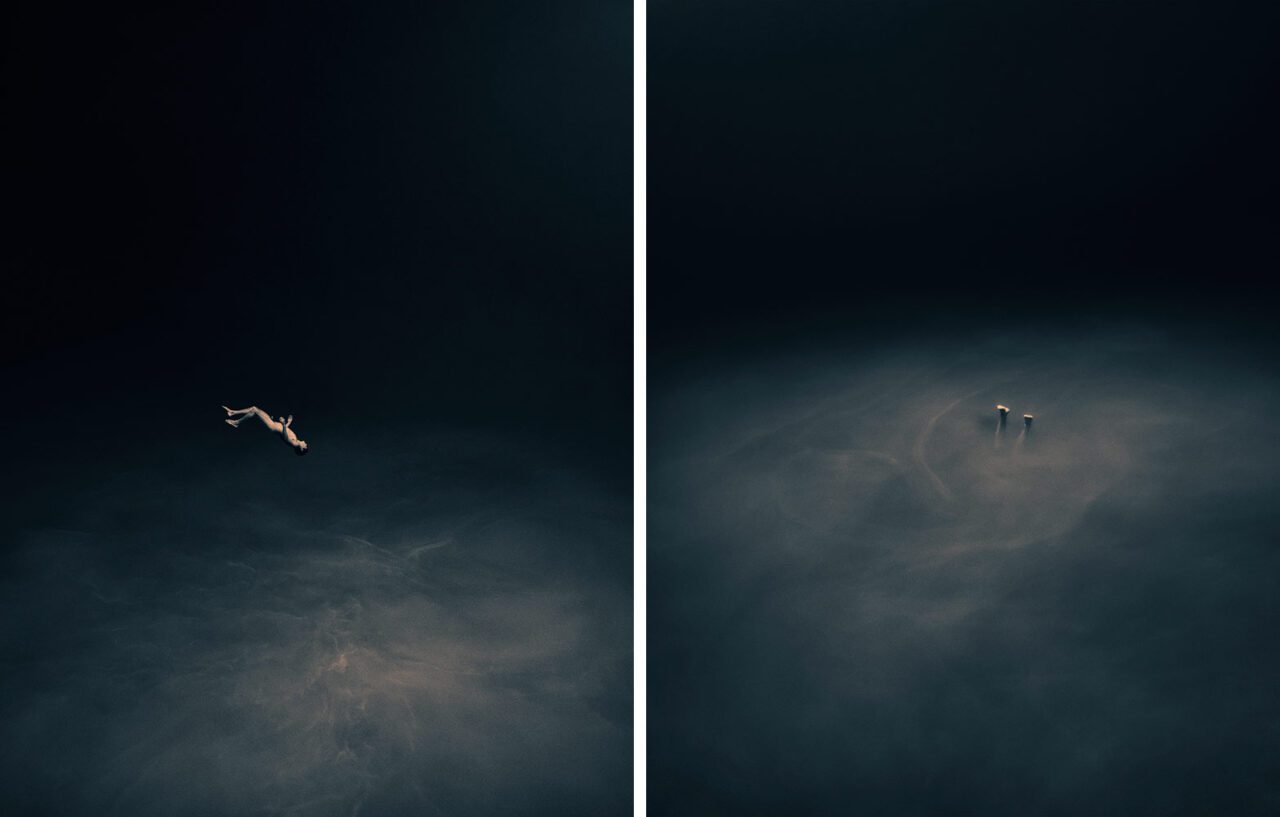
Right: Julian Charrière, Where Waters Meet, 3.98 Atmospheres, 2019, © 2025 ProLitteris, Zurich; Copyright the artist
